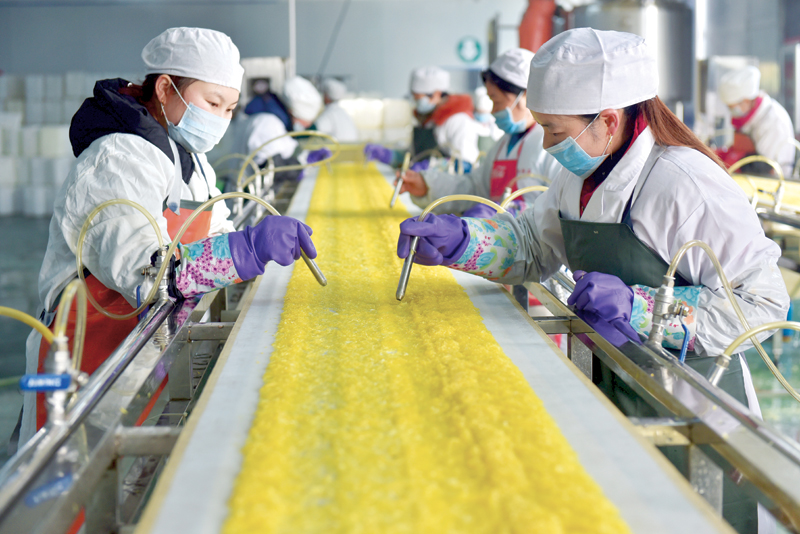

HONG KONG: Asia’s major manufacturing economies saw their fastest expansion in factory activity in years last month, driven by robust demand for electronics and firming the case for central banks in the region to shift to tighter monetary policy next year. A raft of mostly strong factory activity surveys released on Friday comes a day after the Bank of Korea became the first major central bank in Asia in three years to raise interest rates.
The tightening marks a potential turning point for the region with Malaysia and the Philippines among central banks that could lift rates next year.
The firm expansion in factory activity, seen in South Korea, Japan and Taiwan, has not been uniform, however, with Beijing’s war on pollution tempering growth in Chinese manufacturing in October.
Analysts expect any tightening by Asian central banks to be gradual and follow the lead in the United States, which is expected to hike again in December and three more times in 2018. US and euro zone manufacturing surveys later on Friday are expected to show even higher growth rates than in Asia. “We’re seeing the strong momentum in the third quarter carrying over in the fourth,” said Khoon Goh, head of Asia research at ANZ.
Elsewhere in Asia, India saw gross domestic product growth rebound in the three months to September, in a sign businesses are recovering from disruptions caused by the launch of a national sales tax and a shock ban on high-value banknotes.
India’s factory activity quickened in November at the fastest pace since just before the government’s surprise cash clampdown late last year.
China, however, remains one of the biggest risks to global growth, analysts say.
The world’s second-biggest economy has defied market expectations with economic growth of 6.9 per cent in the first nine months of the year, supported by a construction boom and robust exports.
But Beijing’s efforts to reduce air pollution have led to a cooling in factory activity in recent months.
The Caixin/Markit Manufacturing Purchasing Manager’s Index (PMI) dipped to 50.8, compared with 51.0 in October and a 50.9 forecast. While staying above the 50-point mark that divides growth from contraction on a monthly basis, the index edged down to its lowest level in five months.
South Korea’s factory activity expanded at the strongest pace in 55 months in November, with the Nikkei/Markit PMI rising to 51.2 from 50.2 in October. Japanese manufacturing grew at the fastest pace in more than 3-1/2 years. Taiwan’s PMI came at 56.3 in November, its best reading in 6-1/2 years. — Reuters
Oman Observer is now on the WhatsApp channel. Click here



